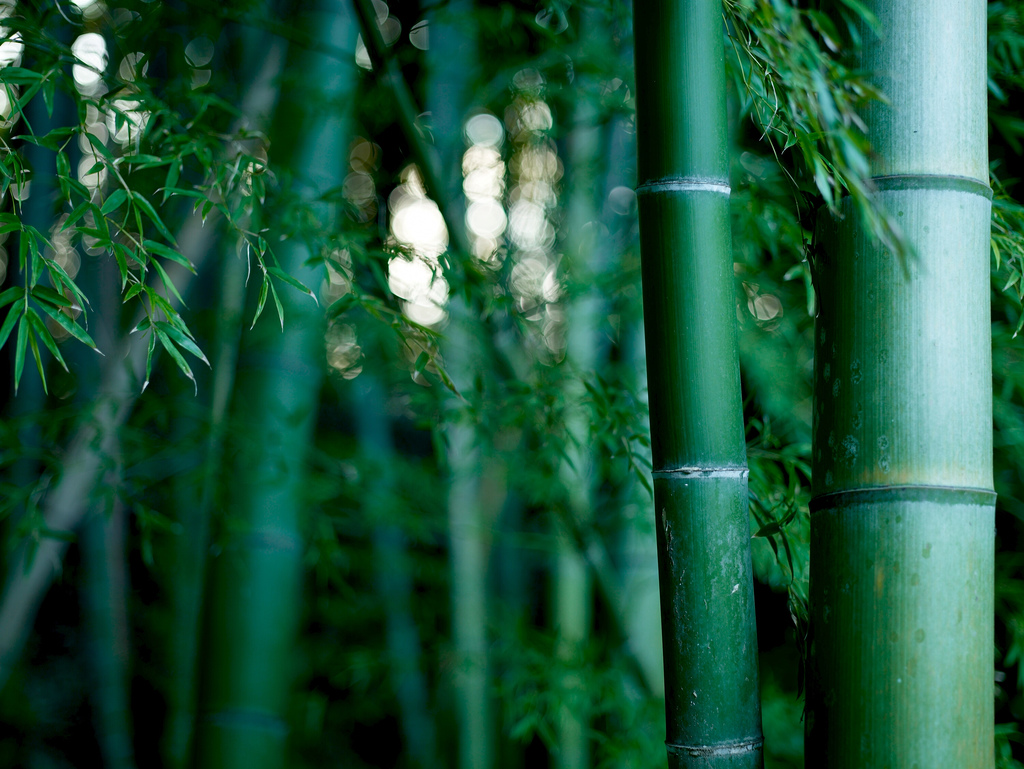What do you know about bamboo? You’re probably aware that it grows in places like East Asia, Australia, Hawaii, and South and Central America. You may have heard that there are over 1,000 species of bamboo growing around the world, spanning 49 million acres. It’s also possible that you’ve heard rumors that it’s the favorite snack of the loveable-looking panda bear.
But did you know it’s also being used as an eco-friendly textile to create things like clothing, towels, accessories, and bed sheets? The clothing in particular, which is spun from bamboo fiber, is gaining wide popularity for many reasons. Here are just a few reasons why everyone is raving over the latest eco-friendly textile:
Kind to the Environment
Bamboo boasts a few unique qualities that make it especially ideal for sustainable textile trade. It grows alarmingly fast—sometimes up to 12 inches a day—without the help of pesticides or other harmful chemicals and irrigation. There’s no need to replant bamboo after it’s been cut down as it grows back on its own, and it’s biodegradable. Discarded items made from bamboo won’t sit around in a landfill for years, leaking dangerous gases into the air and polluting the environment.
Easy on Your Skin
Bamboo clothing is free of chemicals and hypoallergenic, so it’s particularly gentle on the skin. Additionally, even after the plant itself is processed, it retains some of its more appealing attributes, including its ability to fight off fungus and bacteria. The bamboo plant hosts an anti-microbial agent called kun that protects it from nasty guests. The trait is carried over into the textile product, preventing the spread of fungal or bacterial infections such as athlete’s foot. The antibacterial quality is also great at stifling odor.
Bamboo Clothing Perfect for Any Climate
This material is made for virtually any climate. Bamboo textile benefits from yet another raw plant trait: water absorbency. Thus, clothing made from bamboo is keenly efficient at keeping you dry because the fabric wicks moisture right off of your body, letting it evaporate into the air. Also, because materials are typically composed of cross-sectional fibers, bamboo textiles trap heat well in cooler weather while remaining breathable when it’s hot out. Speaking of hot climates, bamboo clothes also offer excellent UV protection.
Soft to the Touch
Although raw bamboo appears rigid and not all that soft, fabric made from bamboo takes on a whole new texture. Clothing is soft to the touch, more so than cotton, and sports a silky sheen that gives it the appearance of high fashion. It’s slinky enough to move freely in, hugging your shape just right in some places and falling off in others. Despite its irresistible texture and silk finish, bamboo material is less expensive and more durable than its more luxurious counterparts.
Easily Repurposed
When you’re finished with your bamboo textiles, you have the option of repurposing them rather than throwing them away. Obviously, this is great for the environment since it means less waste added to landfills, but it can also be a lot of fun. If your favorite bamboo shirt wears out, you can repurpose it into a pillow or seat cover. Even if you’re not particularly crafty, you could host a swap party with your friends to trade gently used items to ensure you all get the most out of your favorite products.
Who knew bamboo could be so exciting? As society takes the necessary steps towards a more sustainable future, eco-friendly products like bamboo textiles will continue to grow in popularity. For some, adopting new materials for vital items like clothing and sheets will feel strange at first. However, it’s hard to ignore the benefits bamboo textiles offer the consumer and our earth.
Resources:
http://www.the-eco-market.com/bamboo-fabric/
http://eartheasy.com/wear_bamboo_clothing.htm
http://bambooclothing.co.uk/why_is_bamboo_better.html


